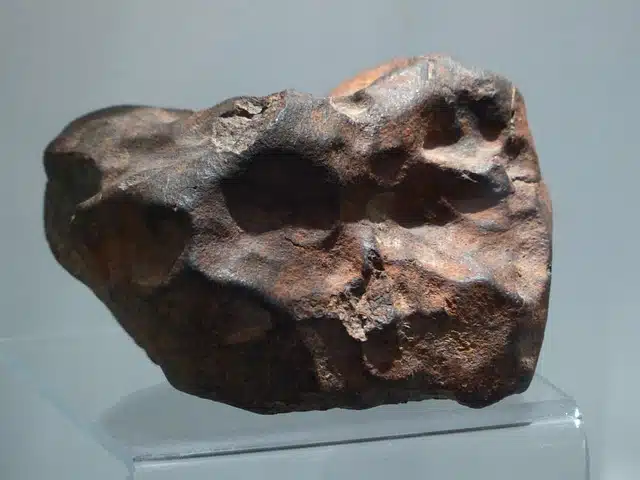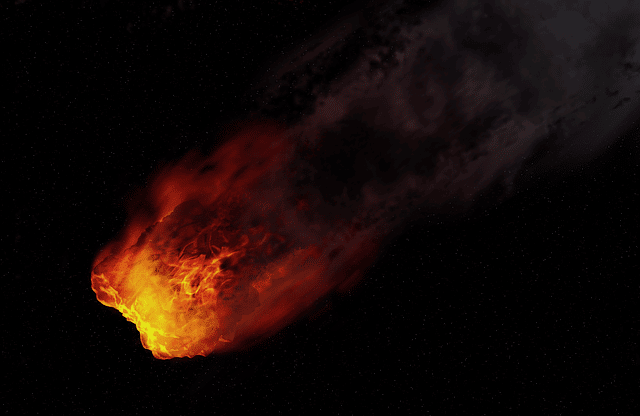
A meteorite is a remnant of a celestial body that impacts the Earth or another star.
Meteorites are remains of celestial bodies that impact the Earth or any other star . These fragments reach the surface since, when passing through the atmosphere, they do not completely disintegrate.
It is important not to confuse between meteorite and meteor . A meteor is an atmospheric phenomenon that can have different characteristics: the luminosity generated by the meteorite when it disintegrates is part of meteors. But the meteorite itself is the solid element that falls from the sky .
Types of meteorites
You can distinguish between various types of meteorites. Stony or rocky meteorites are composed mainly of silicate minerals and are divided into achondrites (which underwent fusion processes and were differentiated from the asteroid or planet of origin) and chondrites (which did not register fusion processes nor were they differentiated from the body from which they were formed). come from).
Metallic meteorites , for their part, have iron and nickel as their main components. Finally we find the stony-metallic meteorites , with rocky materials and metals.

When the celestial body does not completely disintegrate upon entering the atmosphere, it transforms into a meteorite that reaches the surface.
Achondrites and chondrites
The term achondrites is feminine and refers to meteorites similar to igneous rocks. Approximately 7.1 percent of those that reach our planet each year are of this type. The fusion and differentiation they undergo occurs due to a change in their temperature that forms magmas and brings the highest density materials to the center of the body, leaving the rest on the surface.
The use of the word achondrite dates back to the late 19th century, and it was the Austrian mineralogist Maria Aristides Brezina who coined it to refer to rocky meteorites that did not have chondrules , submillimeter-sized spheres that are composed of various minerals and that in a chondrite are very common.
Chondrites, which can also be called chondrites , in masculine, are found in considerably greater numbers than achondrites: more than 85 percent of the meteorites that fall to Earth. The study of chondrites is essential to understand the origin and antiquity of the solar system, the existence of water on our planet, the origin of life and the synthesis of organic compounds.
metallic meteorites
Regarding metallic meteorites , other names they receive are holosiderites, siderites, ferrous meteorites and ferric meteorites . In general, with their compounds they form alloys called taenite and kamacite . It is estimated that these meteorites come from the cores of asteroids that were destroyed after an impact.
The metallic meteorites are very large and dense: among all those that have been collected, the weight is more than 500 tons , almost 90 percent of the total mass of known meteorites. Note that, on the other hand, metals only represent 5.7 percent of those that fall to Earth.
Finally, there are stony-metallic meteorites , which are also called lithosiderites, mixed meteorites or sideroliths . They differ from the previous ones because they have metals and silicate rocks in equal proportion. They are the rarest, representing 1.8 percent of those that fall to Earth.
Arrival on Earth
In general, celestial bodies do not reach Earth as meteorites since they disintegrate upon entering the atmosphere. Scientific calculations indicate that about a hundred meteorites fall on the planet each year, although a few are large enough to generate a crater upon impact with the ground. That is why only some meteorites end up being detected and recovered.
The heaviest and largest meteorite that exists on Earth is the Hoba , fallen about 80,000 years ago in the territory that is currently part of Namibia . It was discovered in 1920 and is estimated to weigh 66 tons.
